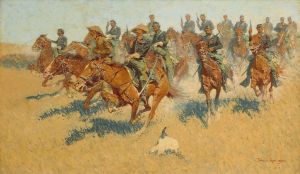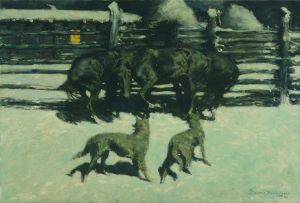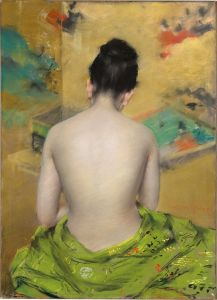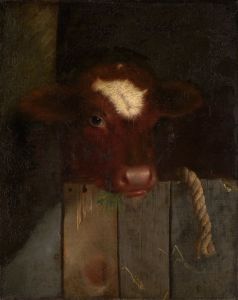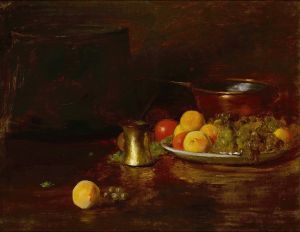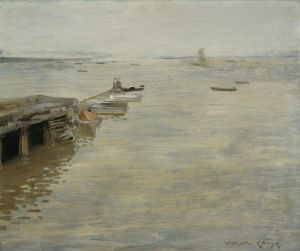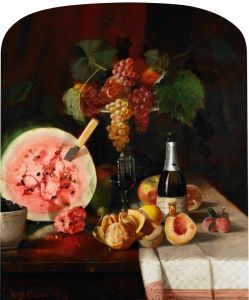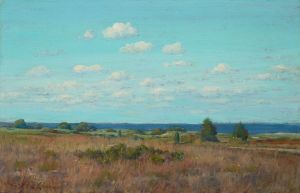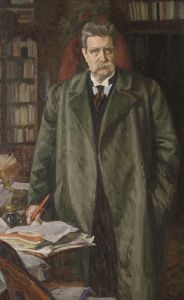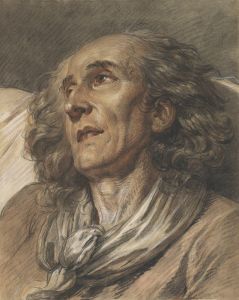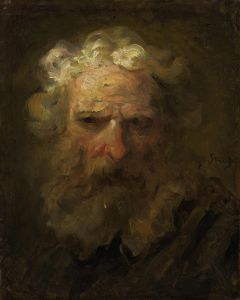
St. Jerome
A hand-painted replica of William Merritt Chase’s masterpiece St. Jerome, meticulously crafted by professional artists to capture the true essence of the original. Each piece is created with museum-quality canvas and rare mineral pigments, carefully painted by experienced artists with delicate brushstrokes and rich, layered colors to perfectly recreate the texture of the original artwork. Unlike machine-printed reproductions, this hand-painted version brings the painting to life, infused with the artist’s emotions and skill in every stroke. Whether for personal collection or home decoration, it instantly elevates the artistic atmosphere of any space.
"St. Jerome" is a painting by the American artist William Merritt Chase, created in 1878. Chase, born in 1849, was a prominent figure in American art, known for his versatility and contributions to the American Impressionist movement. He was a highly influential teacher and a founding member of the Society of American Artists.
The painting "St. Jerome" depicts the Christian scholar and translator St. Jerome, who is traditionally shown in a contemplative pose, often with a skull, a lion, and a Bible, symbolizing his scholarly and ascetic life. In Chase's rendition, St. Jerome is portrayed in a dark, moody setting, emphasizing the introspective and solitary aspects of his character. The use of chiaroscuro, a technique that contrasts light and dark, highlights the figure of St. Jerome, drawing attention to his intense expression and the details of his surroundings.
Chase's "St. Jerome" reflects his academic training and his exposure to European art. He studied at the National Academy of Design in New York and later at the Royal Academy in Munich, where he was influenced by the dark palettes and dramatic lighting of the Munich School. This European influence is evident in the somber tones and the meticulous attention to detail in "St. Jerome."
The painting is significant not only for its artistic qualities but also for its place in Chase's career. It was created during a period when he was establishing himself as a serious artist and gaining recognition for his work. "St. Jerome" showcases his technical skill and his ability to convey complex emotional states through his subjects.
William Merritt Chase's body of work is diverse, ranging from portraits and still lifes to landscapes and genre scenes. He was a master of various media, including oil painting, pastel, and watercolor. Throughout his career, he maintained a commitment to capturing the beauty of everyday life and the natural world, while also exploring more profound and introspective themes, as seen in "St. Jerome."
Chase's influence extended beyond his paintings. As a teacher, he mentored many young artists and played a crucial role in shaping American art education. He taught at the Art Students League of New York and founded the Chase School, which later became the Parsons School of Design. His dedication to teaching and his innovative approach to art education left a lasting legacy.
"St. Jerome" remains an important work within Chase's oeuvre, exemplifying his skillful use of light and shadow, his deep understanding of his subjects, and his ability to convey a sense of contemplation and introspection. The painting is a testament to Chase's talent and his contributions to American art in the late 19th and early 20th centuries.





